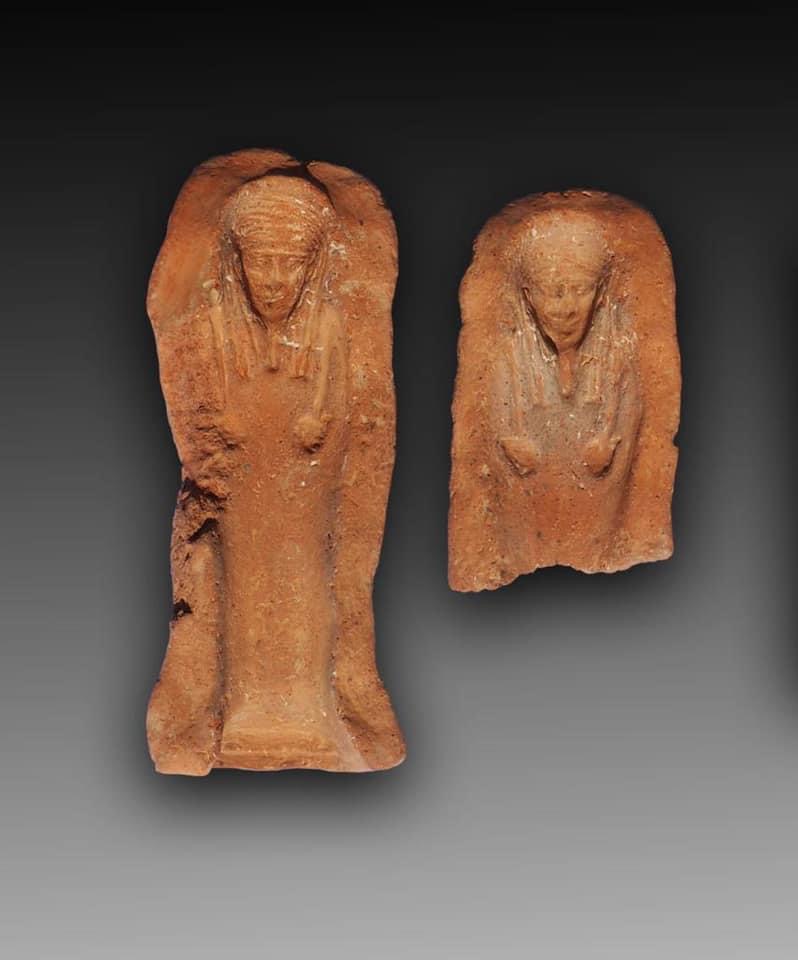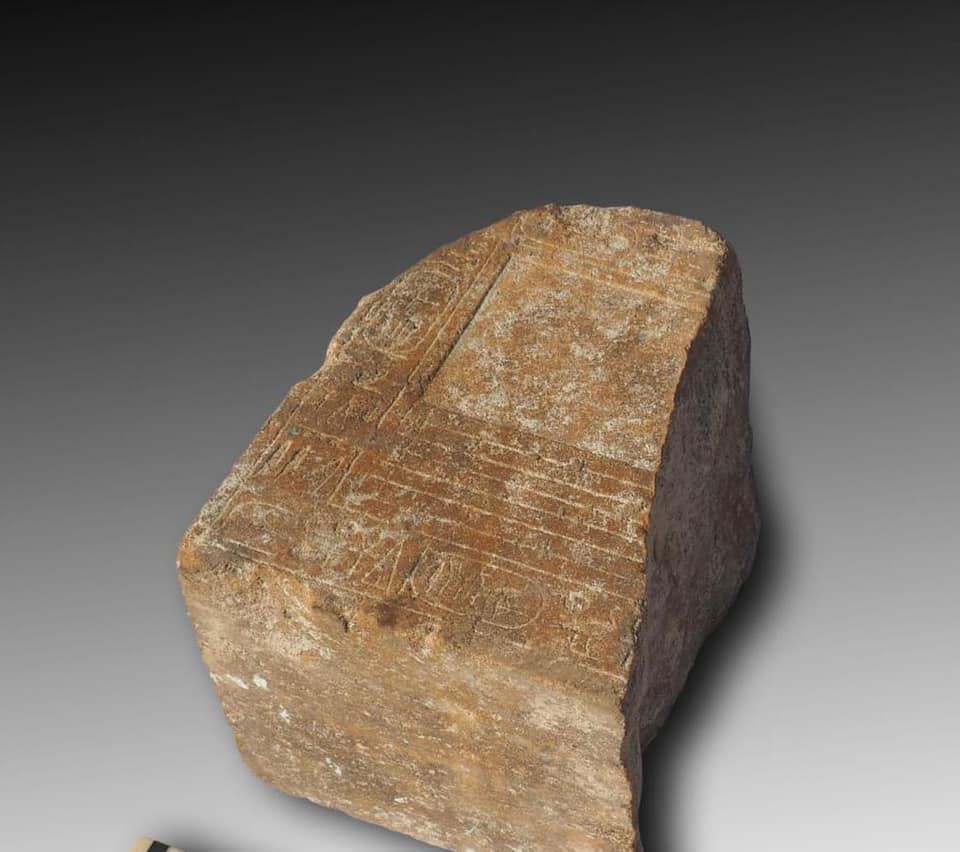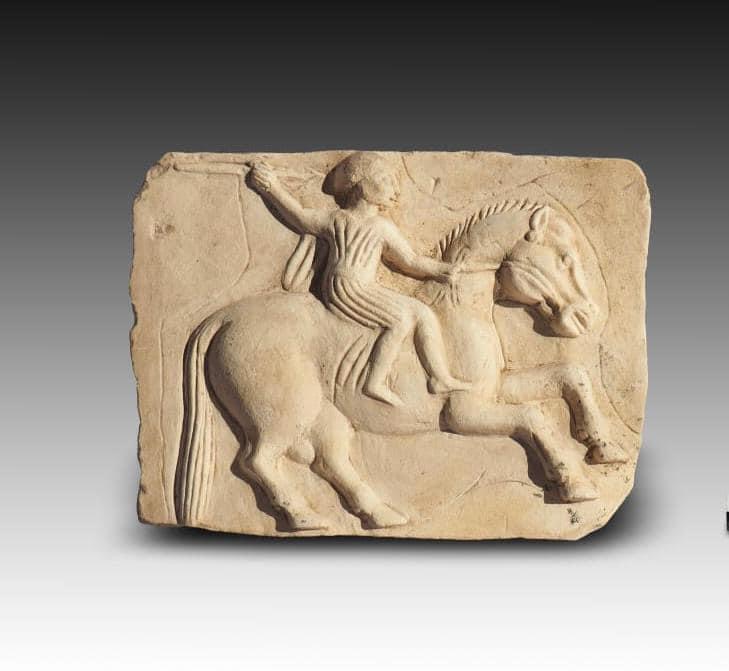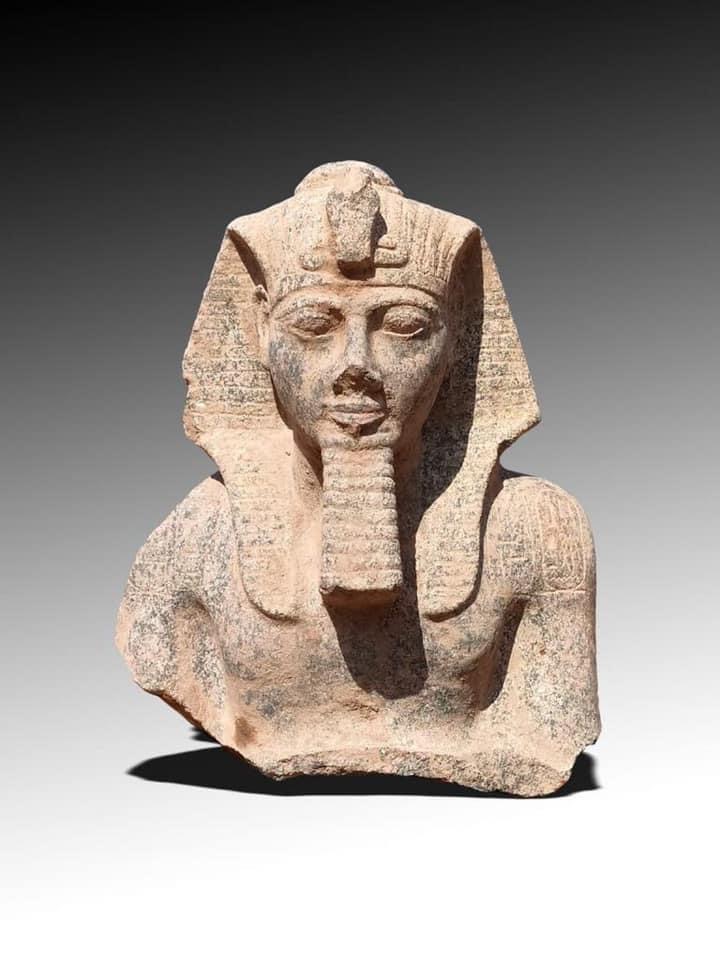CAIRO - 6 November 2021: The Egyptian-German archaeological mission discovered some basalt blocks in El Matariya area that are parts of the western and northern facades of King Nectanebo I temple.

The mission also managed to discover an extension of the temple from the northern side.
Mostafa Waziri, Secretary-General of the Supreme Council of Antiquities noted that the mission succeeded to uncover blocks from Lower Egypt which is Heliopolis.

Head of the Egyptian Antiquities Sector at the Supreme Council of Antiquities Ayman Ashmawy declared that the inscriptions on the newly uncovered blocks stated the years 13 and 14 of the reign of King Nectanebo.
The dimensions and materials used in Nectanebo I temple dates back to the same era.

Some of the uncovered bears incomplete inscriptions indicating that no decoration work was performed for the temple after the death of King Nectanebo I.
Head of the Egyptian-German mission Dietrich Rau said that other architectural items testify to the projects of King Ramses II, King Merneptah and King Apris.

“The Ramesses-era style was crystal clear on a fragment of jasper stone, dating back to 19th Dynasty (circa 1300 BC), as well as a fragment of a statue of Seti II which indicated that the style is from late of 19th Dynasty in Heliopolis,” Rau said.
The axis of the temple towards the west was also studied, where sporadic evidence indicates the presence of buildings from the Middle Kingdom, the twenty-second dynasty (Osorkon I, 925-890 BC) and a shrine for the god Shu and the goddess Tefnut from the era of King Psamtik II (595-589 BC).
Parts of a statue of Ramses II were also uncovered, as well as part of a baboon statue, a pedestal, parts of a quartzite obelisk for Osorkon I, and parts of worship facilities such as an offering table for Tuthmosis III, 1479-1425 BC.
The excavations also provided additional evidence from the Thirtieth Dynasty and the Ptolemaic period. Rau pointed out that the models of sculpting as well as limestone molds for inscriptions and ushabti statues all put the pieces of the puzzle together, before all evidence of the temple activity disappeared during the Roman era.
The discovery came while the mission was carrying out archaeological excavations at the Great Temple of Heliopolis in El-Matariya area.
Comments
Leave a Comment